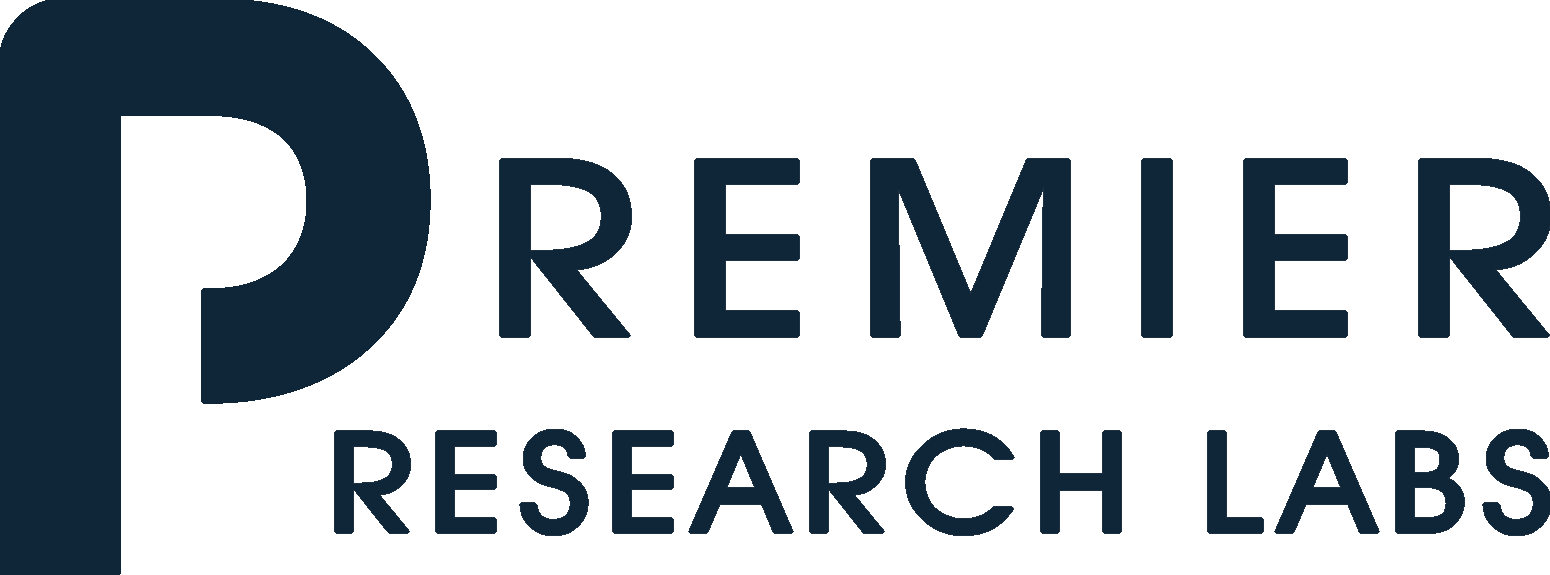
Teaching Your Patients Natural Ways to Reduce Blood Pressure
Give your patients lifestyle strategies to help them reduce their blood pressure naturally
You have likely heard your patients say, “I know blood pressure is important but I don’t really understand all the numbers and what they mean.”
To compound this, most people don’t realize that heart conditions are the leading cause of death in the US. 1
This makes your job all the more difficult. Explaining blood pressure, hypertension, and why it’s so important to make heart health a priority can seem like an uphill battle.
We’re hoping this article gives you some clear talking points to help you support your patients in understanding the importance of blood pressure and how to naturally reduce their blood pressure.
Heart Health Facts and Figures
February is American Heart Health and the following heart health facts and figures underscore the importance of raising awareness about heart health: 1, 2, 3
- 122.4 million or 47% of US adults are estimated to have hypertension
- 25.5% of US adults have high LDL-C
- 3.72 million deaths globally were attributed to high LDL-C in 2021
- Every 34 seconds on average, someone in the US dies of cardiovascular disease
- Every 3 minutes 14 seconds on average, someone in the US dies of stroke
- 51% of surveyed US respondents did not identify heart disease as the leading cause of death in the US
- Heart disease has been leading cause of death in the US for 100 years
- 122.4 million US adults had hypertension based on data from 2017 – 2020
- 124,508 US deaths were primarily attributed to high blood pressure in 2021
For more statistics and information, please see the American Heart Association’s (AHA), 2024 Heart Disease and Stroke Statistics Update: A Report of US and Global Data From the AHA report.
Life’s Essential 8 for Heart Health
In 2022, the AHA introduced Life’s Essential 8, updating the original Life’s Simple 7 from 2010 to 8 recommendations and guidelines. 4
Based on 12 years of additional research, the AHA recommends 8 health behaviors and factors that may contribute to improved cardiovascular health. 3, 5, 6, 7
- Health Behavior: Eat Better
Remind your patients of the importance of a healthy diet and including a wide variety of foods. Talk to your patients about the health benefits of fruits, vegetables, lean proteins, seeds, nuts, fish and seafood, and limiting sugary and ultra-processed foods. - Health Behavior: Be More Active
Unfortunately, US adults are not moving enough. In 2020, only 24.2% of surveyed US adults met the 2018 Physical Activity Guidelines for Americans for aerobic activity.
Talk to your patients about how to meet the recommended 2.5 hours of moderate or 75 minutes of physical activity per week.
- Health Behavior: Quit Tobacco
Research shows that inhaled nicotine delivery products including e-cigarettes, vaping, and traditional cigarettes are the leading cause of preventable death in the US. An estimated one third of all deaths from heart disease may be attributed to tobacco usage.
Take advantage of the AHA’s resources on how to help your patients stop smoking and how to talk to young people about the risks associated with tobacco use.
- Healthy Behavior: Get Healthy Sleep
Too many of us overlook the importance of quality sleep. According to 2020 data, 32.8% of US adults reported getting less than 7 hours of sleep a night, despite the general recommendation of 7 – 9 hours.
It’s helpful to remind your patients of how sleep encourages and improves brain health, healing, and recovery from physical and mental activity, and helps reduce incidences of chronic conditions and illness.
- Health Factors: Manage Weight
In the US, prevalence of obesity among adults from 2017 – 2020 was 41.8% in males and females. And more startling is that the prevalence of obesity in the US has tripled over the last 50 years, with predictions that this number will continue to rise.
Many people do not understand Body Mass Index (BMI) or how to manage their weight in a healthy way. This can be a sensitive subject, however the AHA has some resources that can help start the conversation with your patients.
- Health Factors: Control Cholesterol
Similar to not understanding blood pressure measurements, many people are not aware of the implications of high cholesterol or the differences between “good” and “bad” cholesterol.
While the numbers of US adults with high cholesterol are trending downwards, an estimated 40% of individuals with high cholesterol don’t know they are living with this “silent killer” and consequently are not receiving treatment for it.
- Health Factors: Manage Blood Sugar
It’s time to start conversations about high blood sugar, prediabetes, and type 2 diabetes. Many people do not realize that though they may have a healthy body weight, they can still be at risk for blood sugar-related conditions.
Talk to your patients about how the body metabolizes glucose and the implications of high blood sugar on heart, kidney, liver, eye, and nerve health.
- Health Factors: Manage Blood Pressure
In 2021, high blood pressure was associated with 124,508 US deaths. Data from 2017 – 2020 indicates that 46.7% (122.4 million) US adults had hypertension (high blood pressure).
Your patients likely do not understand or even know what their blood pressure measurements mean. This is an ideal opportunity to teach people how to measure their blood pressure and to explain blood pressure values.
This AHA summary of Life’s Essential 8 may be beneficial when discussing these health behaviors and factors with your patients: 5
Life’s Essential 8 are the key measures for improving and maintaining cardiovascular health, as defined by the American Heart Association. Better cardiovascular health helps lower the risk for heart disease, stroke and other major health problems.
Natural Ways to Reduce Blood Pressure
Based on the Life’s Essential 8 guidelines from the AHA, talk to your patients about these lifestyle strategies to help them naturally reduce their blood pressure: 5, 8, 9, 10, 11, 12, 13, 14
- Healthy eating patterns and habits. Your patients may not know the basics of healthy eating. Help your patients develop a meal calendar or nutrition plan – this is a great way to show them how they can eat healthy while still enjoying the occasional treat.
Talk to them about the importance of eating vegetables, fruit, lean proteins, nuts, seeds, legumes, fish and seafood. Give them the facts on how alcohol, sodium, processed meats and foods, and refined carbohydrates impact their blood sugar, cholesterol levels, and overall health and wellness.
The Dietary Approach to Stop Hypertension (DASH) is a great way to help your patients integrate heart-healthy eating into their lives. There are many resources available including recipes, meal planners, and accessible guides on food choices.
- Physical activity and movement. For many people the word exercise gives them flashbacks to gym class and feeling out-of-place. It’s time to reframe this image of exercise, making it accessible and enjoyable.
Talk to your patients about establishing a daily routine that includes walking, swimming, yoga, cycling, pickleball, or any other type of movement they enjoy. Suggest they partner with a family member or friend or join a community group to help with accountability and enjoyment.
- Monitor blood pressure. Remember that many people do not know their blood pressure numbers and do not understand what this measurement means.
Teach your patients how to measure their blood pressure and explain why these numbers matter. The more people understand, the more empowered they are to take control of their health.
- Stop smoking, tobacco, and nicotine use. The real-life impacts of smoking, vaping, and e-cigarette use are undeniable. However, many people are unaware of these realities, with 1 in 5 surveyed young people believing vaping and e-cigarettes are safer than smoking.
Give your patients a realistic plan to help them quit smoking and vaping. Take advantage of the AHA’s content and guidance on how to quit tobacco.
- Get quality sleep. Sleep is a health superpower. But many people are quick to cut back on sleep or simply struggle with getting quality sleep. Often this is because people view sleep as a luxury rather than a health necessity.
Talk to your patients about their sleep habits and quality. Give them strategies to improve their sleep such as limiting screen time before bed, establishing consistent sleep and waking times, removing mobile devices from the bedroom, and stress management techniques.
An informed patient is a proactive and empowered patient. Thank you for all you do in providing patients with the essential health and lifestyle information they need for sensible, health-supporting decisions.
In honor of American Heart Month, we encourage you to share this article with your peers and to start conversations with your patients about blood pressure and how they can take control of this critical health benchmark.
‡ The products and claims made about specific products on or through this Site have not been evaluated by the United States Food and Drug Administration and are not approved to diagnose, treat, cure or prevent disease.
‡ This Site is not intended to provide diagnosis, treatment, or medical advice. Products, services, information and other content provided on this Site, including information that may be provided on this Site directly or by linking to third-party websites are provided for informational purposes only. Please consult accredited healthcare professional organizations, evidence-based herbal monographs, and published clinical research regarding any medical or health related diagnosis or treatment options.
References
- American Heart Association (Accessed January 31, 2024) https://newsroom.heart.org/news/more-than-half-of-u-s-adults-dont-know-heart-disease-is-leading-cause-of-death-despite-100-year-reign
- American Heart Association (Accessed January 31, 2024) https://professional.heart.org/en/science-news/-/media/BAA49CA2140244FBB0294B6B3F5DD3D5.ashx
- American Heart Association (Accessed January 31, 2024) https://professional.heart.org/en/science-news/-/media/E93F4970FF834DA592B486DE74704BBB.ashx
- Lloyd-Jones DM, Allen NB, Anderson CAM, Black T, Brewer LC, Foraker RE, Grandner MA, Lavretsky H, Perak AM, Sharma G, Rosamond W; American Heart Association. Life's Essential 8: Updating and Enhancing the American Heart Association's Construct of Cardiovascular Health: A Presidential Advisory From the American Heart Association. Circulation. 2022 Aug 2;146(5):e18-e43. doi: 10.1161/CIR.0000000000001078. Epub 2022 Jun 29. PMID: 35766027; PMCID: PMC10503546. (Accessed January 31, 2024) https://pubmed.ncbi.nlm.nih.gov/35766027/
- American Heart Association (Accessed January 31, 2024) https://www.heart.org/en/healthy-living/healthy-lifestyle/lifes-essential-8
- Kranjac AW, Kranjac D. Explaining adult obesity, severe obesity, and BMI: Five decades of change. Heliyon. 2023 May 19;9(5):e16210. doi: 10.1016/j.heliyon.2023.e16210. PMID: 37251838; PMCID: PMC10213181. (Accessed January 31, 2024) https://www.ncbi.nlm.nih.gov/pmc/articles/PMC10213181/
- Over 40% of Adults with High Cholesterol are Unaware and Aren’t Getting Treated: Healthline.com (Accessed January 31, 2024) https://www.healthline.com/health-news/over-40-of-adults-with-high-cholesterol-are-unaware-and-arent-getting-treated
- Patient Education: High blood pressure, diet, and weight (Beyond the Basics): UpToDate.com (Accessed January 31, 2024) https://www.uptodate.com/contents/high-blood-pressure-diet-and-weight-beyond-the-basics
- Changes You Can Make to Manage High Blood Pressure: American Heart Association (January 31, 2024) https://www.heart.org/en/health-topics/high-blood-pressure/changes-you-can-make-to-manage-high-blood-pressure
- Wilburn AJ, King DS, Glisson J, Rockhold RW, Wofford MR. The natural treatment of hypertension. J Clin Hypertens (Greenwich). 2004 May;6(5):242-8. doi: 10.1111/j.1524-6175.2004.03250.x. PMID: 15133406; PMCID: PMC8109646. (Accessed January 31, 2024) https://www.ncbi.nlm.nih.gov/pmc/articles/PMC8109646/
- 18 Effective Ways to Lower Your Blood Pressure: Healthline.com (Accessed January 31, 2024) https://www.healthline.com/health/high-blood-pressure-hypertension/lower-it-fast
- DASH Eating Plan: National Heart, Lung, and Blood Institute (Accessed January 31, 2024) https://www.nhlbi.nih.gov/education/dash-eating-plan
- Heart-Healthy Eating Plan: Elsevier.health (Accessed January 31, 2024) https://elsevier.health/en-US/preview/heart-healthy-eating-plan
- Survey: One in Five Young Americans Think Vaping is Harmless: AAFP.org (Accessed January 31, 2024) https://www.aafp.org/news/health-of-the-public/20191023ascovapesurvey.html
Jenny Perez is an herbal educator, researcher, and writer who has been immersed in the field of nutrition and botanical medicine for more than 20 years. Jenny has created curriculum, content, and educational materials for Quantum Nutrition Labs, Premier Research Labs, the American Botanical Council, and Bastyr University’s Botanical Medicine Department where she was Adjunct Faculty, Herb Garden Manager, and Director of the Holistic Landscape Design certificate program.









